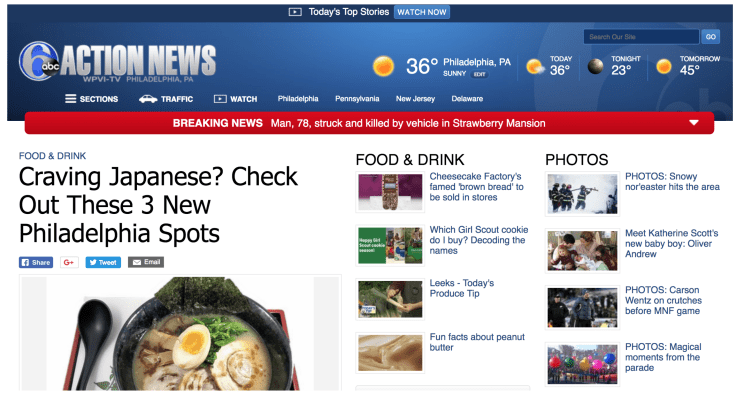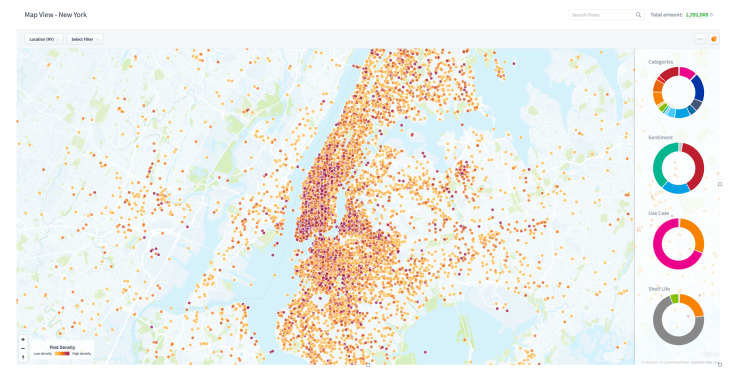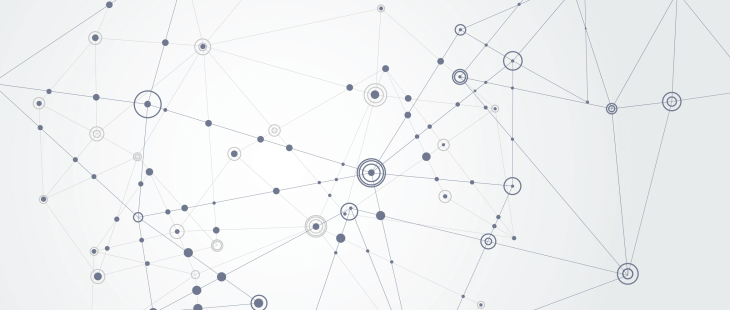Local news is kind of a mess. While the global platforms have been exploding, making it easier to follow events at a world wide level, local news sources have atrophied. Those two things are, obviously, intertwined. As the news moved online, the revenue sources that powered local papers and news stations have taken a hit, resulting in smaller news rooms and outlet closures.
What this adds up to is that while it may be easier than ever to figure out what the hell happened in the world today, it’s become much, much harder for me to tell what it was that happened in my neighborhood yesterday.
Hoodline has been attempting to bring some granularity to local and neighborhood news since it was founded as a blog about the Haight-Ashbury neighborhood in San Francisco. Now they’re rolling out their first product that helps other news rooms get a boost by fleshing out local coverage that they lack the resources to tackle.

Hoodline’s current Editor-in-Chief, Eric Eldon, used to co-edit this blog. He left to join Hoodline to figure out how to improve local news and it was acquired in 2016 by Ripple News.
So as not to bury the lede too deeply here, the product is an automated wire service that packages data and editorial content together for local newsrooms about local topics. Think less pure breaking news and more data-driven trend pieces that highlight things that you’d only care about if you live here vs. anywhere else.
Hoodline’s local API will serve up these stories ready made to local news organizations. Think top seafood places in your area or hot new neighborhoods for new homeowners. Primary data sources include Yelp, Zumper and others that Hoodline crunches through its platform to come up with items of value to truly local audiences.
This grew out of Hoodline’s initial thesis that it could use public data sets put out by .govs to break stories. Those data sets have their own problems though, largely stemming from the fact that they’re in many cases obligatory and taped together by hacks and personally motivated parties. Ask anyone who has ever built a transit or transport app using city data and they’ll tell you it’s typically a mess.
So Hoodline expanded to company partnerships that gave them access to private data stores that are maintained by people with a solid motivation: they make more money when the data is clean and relevant. The data comes from places like Yelp, Zumper, Groupon, Apartment List and ZipRecruiter. Now, it’s rolling out its first product that uses that data to make something it can offer to other organizations.
Hoodline’s been in the Disney Accelerator and working with ABC to pipe these stories out to their news teams, as well as other local news conglomerates like Digital First Media and Hearst.
If you live in a bigger city, a lot of this may sound like: so what? If you live in Fresno, one of the pilot areas for Hoodline’s news pieces by the way, then it makes a lot of sense.
I live here and I can tell you that it usually takes a murder, a chance encounter between a great burrito and a local reporter or a paid partnership to get coverage of a local food place here. This isn’t for purely cynical reasons. The local orgs are hurting for person-power, big time, and simply don’t have the resources to dedicate to crunching the data to figure out which new local joints (or old standards) are surging in popularity or on the brink of becoming so. Hoodline could theoretically use one of its news templates to create a hot new restaurants piece that would get packaged and sent to a local news org as a ready-to-ship article.
The local org can then choose to put it out as received or to add on-site video coverage or supplement it with additional reporting.
Hoodline CEO Razmig Hovaghimian says that there are basically two halves to Hoodline’s business when it comes to this first ‘news wire’ product and other products that it will ship based on the data platform it has built. First, the data sets coming in and their ability to turn them into usable news stories, and then the second side which is taking it to market with various endpoints that could include things like this wire service as well as direct integrations with tech companies.
Currently, the wire service is in 40 cities, and COO Jes Wolfe says that there has been solid response so far, with click-through rates that hover in the 15 percent range, proving that there is solid perceived value in the stories for local readers. Multiple streams of revenue like advertising, monetized links and more can be woven in, as well.
The advantage to the partners is of course deep links directly to the content sources, providing traffic and driving growth back to the source. This, says Hovaghimian, is high-intent traffic that is more valuable than a generic search-based visit. Higher quality leads means better conversions and more time on site for the local news org and the data provider.
In a city like Fresno, Eldon says, Hoodline will be immediately providing things like business coverage where there is a long tail of uncovered local establishments, as well as real-estate coverage.

Robot-written news stories are already, as they say, a thing. The AP has been shipping these for a while via Automated Insights. But pairing these kinds of automatically crunched news stories with granular local data is a new spin on it that Hoodline has been working on for a while.
Participation in the Disney Accelerator last year gave it access to an ABC partnership that allowed it to test its theses and launch a location data platform that applies geofencing to local data sources, grouping them at the neighborhood level. The wire service is only the first major product to launch off of that, but it has already been adapted for other cases like presenting more relevant local search results.
The platform is especially interesting in that there are large tech companies with huge data sets like Twitter and Facebook that have struggled incredibly with local content. Either it’s too bland or not relevant or they just plain ignore it and then fart out a half-assed attempt at local (unless you’re an advertiser).
The challenge with this whole thing will be to provide attractive enough economics for local news orgs that are already hurting for budget. The proof will be in demonstrable returns in the form of raw traffic or revenue based on affiliate programs or conversions to subscriptions. I’m also interested in how far Hoodline can take the reciprocity factor of its data gathering. Hovaghimian says that Hoodline is looking to hire two data scientists for every editor that works on its platform, which seems like a good ratio.
Once the spice begins to flow between the platform, hyperlocal sites and the data platform partners, this could begin to form a pool of data that is unique among all three. And unique data sets are valuable. Just ask Foursquare, which has finally begun to realize the power of its data pool beyond finding you a great taco in Temecula.
